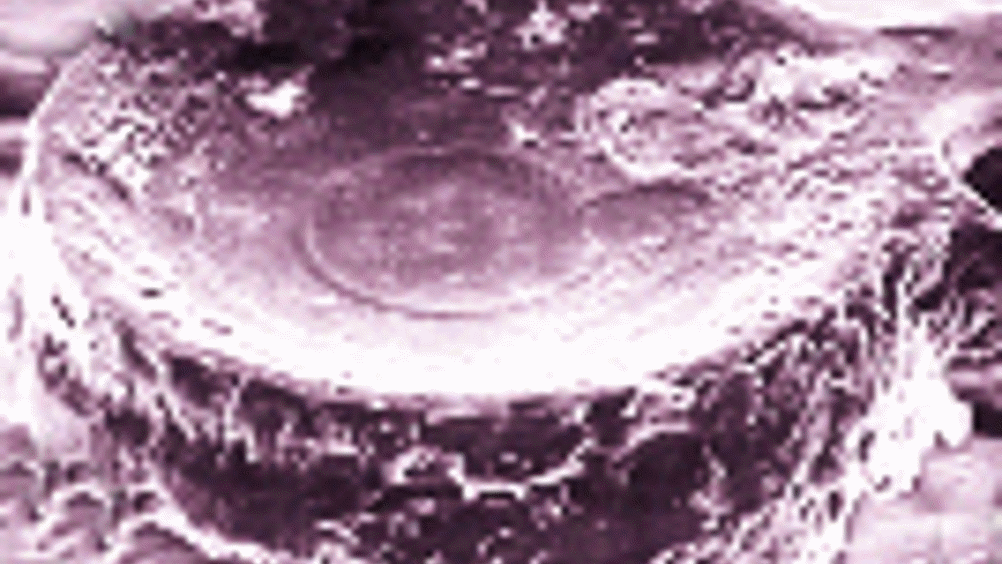Miniature manipulation
Researchers at Bristol University are helping to create an electronic sonotweezer that can manipulate microscopic particles.

A £4m four-year EPSRC grant has been awarded to a research team led by Bruce Drinkwater, professor of ultrasonics in the Department of Mechanical Engineering at Bristol University, to create an electronic sonotweezer device that can manipulate microscopic particles.
The group plans to show how the new device can improve upon existing ultrasound, optical and dielectrophoresis particle manipulation systems.
The team believes that the electronically controlled sonotweezers could be used in forensic science or homeland security, for applications such as cell sorting and counting of micro and potentially nano materials, sensing and detection, and bioassay technology.
The biological applications are also interesting. For example, in tissue engineering, the researchers can potentially bring together small populations of cells for multilayered structures that better replicate such things as the lining of the lung.
While optical tweezers offer the potential of doing this cell by cell, the sonotweezers would allow researchers to operate on groups of cells and produce artificial tissue on a much larger scale.
Register now to continue reading
Thanks for visiting The Engineer. You’ve now reached your monthly limit of news stories. Register for free to unlock unlimited access to all of our news coverage, as well as premium content including opinion, in-depth features and special reports.
Benefits of registering
-
In-depth insights and coverage of key emerging trends
-
Unrestricted access to special reports throughout the year
-
Daily technology news delivered straight to your inbox










Water Sector Talent Exodus Could Cripple The Sector
Maybe if things are essential for the running of a country and we want to pay a fair price we should be running these utilities on a not for profit...